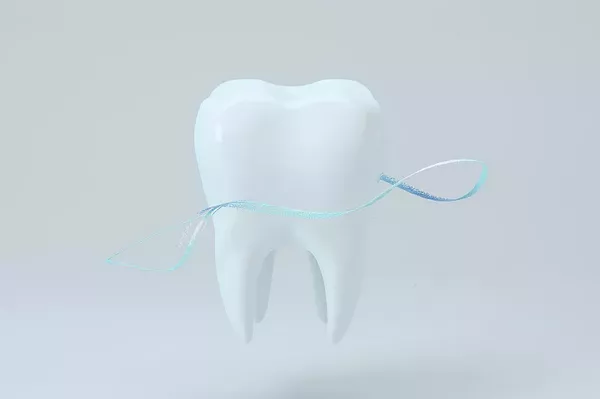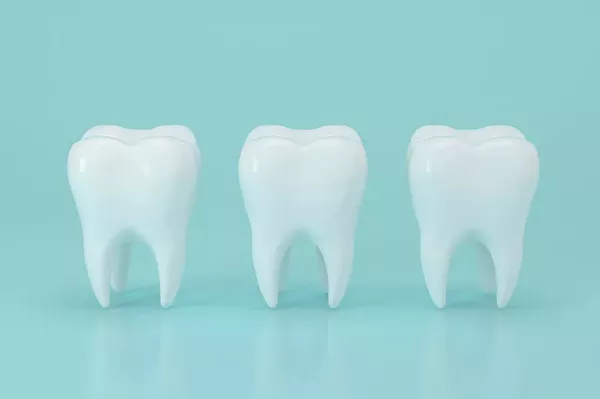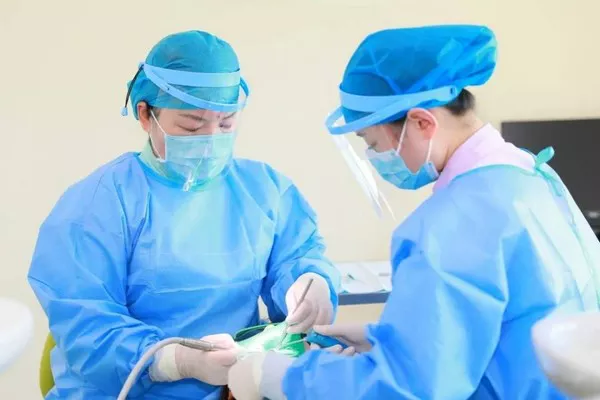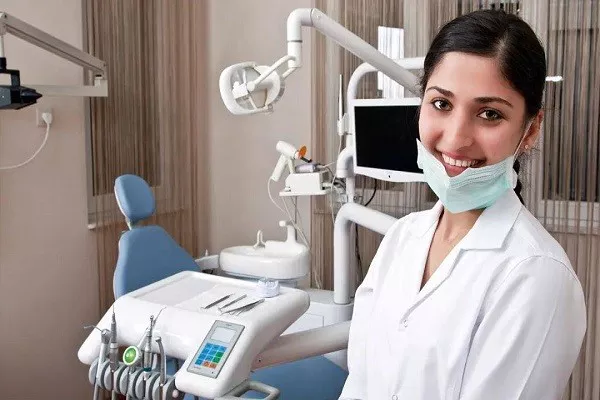Teeth whitening strips have become a popular choice for those seeking a brighter, more radiant smile. However, achieving and maintaining those pearly whites requires more than just applying the strips correctly. Knowing what not to do after using whitening strips is equally important to ensure the effectiveness and safety of the process. In this article, we’ll explore key practices to avoid after using whitening strips to help you achieve the best results while safeguarding your dental health.
Understanding How Whitening Strips Work
Before delving into what not to do after whitening, it’s crucial to understand the basics of how whitening strips work. These strips are typically coated with a peroxide-based gel, such as hydrogen peroxide or carbamide peroxide. When applied to the teeth, the gel penetrates the enamel and breaks down stains and discoloration, revealing a brighter smile.
What Not to Do After Using Whitening Strips
Avoid Consuming Staining Substances:
One of the most critical post-whitening practices is to avoid consuming substances that can stain your teeth. This includes coffee, tea, red wine, berries, and tobacco products. Stains are more likely to set in immediately after whitening, so give it some time before indulging in these items.
Steer Clear of Acidic Foods and Drinks:
Acidic foods and drinks, such as citrus fruits and sodas, can weaken tooth enamel temporarily. After whitening, it’s best to avoid these items for a few hours to allow your enamel to remineralize and regain strength.
Refrain from Smoking:
Smoking is a major contributor to tooth discoloration and can counteract the effects of whitening strips. If you smoke, consider quitting or at least refrain from smoking immediately after whitening.
Don’t Use Whitening Strips Too Frequently:
While it may be tempting to use whitening strips more often to maintain your new, brighter smile, it’s essential not to overdo it. Follow the manufacturer’s recommended usage guidelines, as excessive whitening can lead to tooth sensitivity and damage to the enamel.
Avoid Dark or Highly Pigmented Foods:
In addition to beverages, certain foods like soy sauce, beets, and curry can stain your teeth. Avoid consuming these foods immediately after whitening.
Do Not Brush Your Teeth Immediately:
It’s a common misconception that brushing your teeth immediately after using whitening strips is a good idea. In reality, brushing can potentially push the whitening gel deeper into your teeth, leading to increased sensitivity. Wait at least 30 minutes to an hour before brushing.
Skip Whitening Right Before Important Events:
If you have an important event or special occasion, avoid whitening your teeth immediately before it. Give your teeth some time to settle after whitening, as they may be more sensitive and prone to staining right after treatment.
Do Not Use Whitening Strips on Sensitive Teeth:
If you have sensitive teeth or existing dental issues, consult with your dentist before using whitening strips. Using whitening strips on sensitive teeth without professional guidance can exacerbate sensitivity and cause discomfort.
Conclusion
Achieving a brighter smile with whitening strips can be a satisfying experience, but it’s essential to be mindful of what not to do after using them. By avoiding staining substances, acidic foods and drinks, smoking, overuse, immediate brushing, and whitening before important events, you can help maintain the longevity and effectiveness of your whitening results. Remember that maintaining good oral hygiene practices, such as regular brushing, flossing, and dental check-ups, is essential for long-term oral health and a radiant smile. If you have any concerns or questions about teeth whitening or post-whitening care, consult with your dentist for personalized guidance and recommendations.
Related Topics:






























